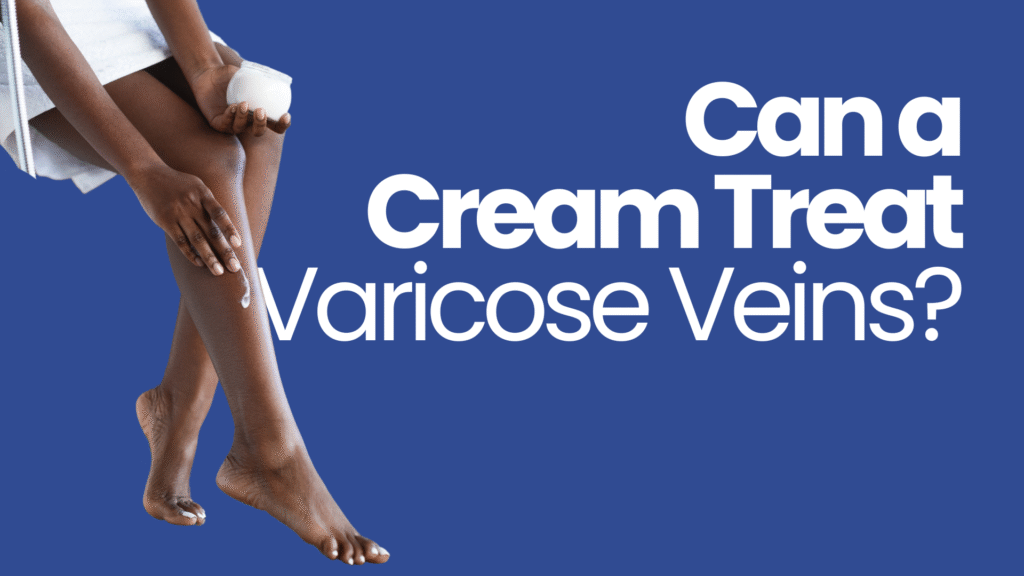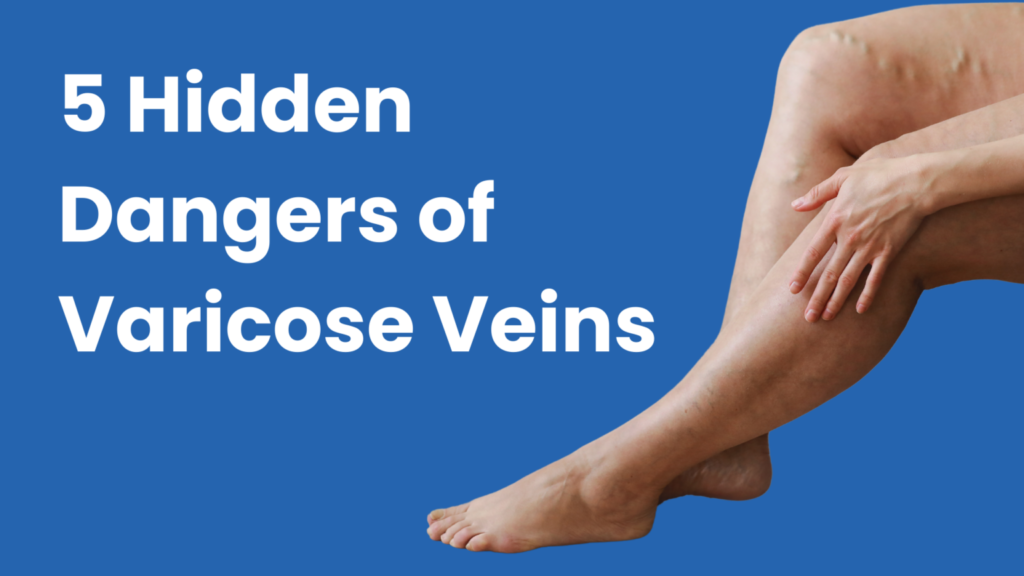Heredity, pregnancy, hormones, gender — these are all factors that can place you more at risk for common vascular issues like varicose and spider veins. While there’s little that you can do about those risk factors, did you know your job may also play a role in whether you develop vein concerns in your legs?
As specialists in vascular issues, Dr. Ariel Soffer and the team here at Soffer Health Institute understand the many factors that can lead to spider veins and varicose veins. In this month’s blog post, we’re going to focus on what you do for a living and how it may be creating vascular issues in your legs.
Table of Contents
ToggleSitting is the new smoking
Many health experts, including The Heart Foundation, are referring to sitting as “the new smoking,” as our sedentary lifestyles are leading to some serious cardiovascular issues. For example, people who sit a good deal have a 147% increased risk for heart attack and stroke.
While not as serious, prolonged sitting is a known risk factor for issues like varicose veins and spider veins. The reason for this is because the veins in your legs rely on muscle support to help push the blood back to your heart. When you move around, your calf muscles are active and support the circulation in your legs.
Now, consider that the U.S. Bureau of Labor Statistics (BLS) reports that civilian workers spend, on average, nearly 44% of their workdays sitting. Where you fall on the scale depends upon your job. As an example, the BLS reports that electricians spend 9.8% of the workday sitting compared to computer programmers who sit for 95.7% of the workday.
Standing too much isn’t any better
On the opposite end of the scale when it comes to risk factors for varicose and spider veins is prolonged standing. When you spend much of your day on your feet, your cardiovascular system has to work a little harder to circulate your blood. As a result, the valves in the veins in your legs can weaken, allowing blood to spill backward and engorge the blood vessel, creating a varicose vein.
The BLS reports that civilian workers spend, on average, a little more than 56% of their day standing. Here again, your chosen profession plays a big role — as examples, the BLS reports that lawyers spend 19.5% of the workday standing compared to animal caretakers who are on their feet for 94.5% of the workday.
Trauma to your legs
Outside of too much sitting or too much standing, if you have a job in which trauma to your legs is possible, you can develop spider veins as a result. We want to point out that we’re not only talking about someone who has a very physical job as you can also catch your thigh on the corner of a desk and develop spider veins.
Treating spider and varicose veins
Since changing your profession to avoid problematic leg veins might not be a great solution, you can still take steps to clear the veins and prevent them from returning.
We offer a number of effective and easy in-office procedures that can eliminate varicose and spider veins. Once we’ve accomplished this, you can do your part on the job by wearing compression socks that help support the veins in your lower legs. As well, be mindful if you’re sitting for too long and get up and take a spin around the office. Conversely, if you’ve been on your feet for a prolonged period, take a load off every once in a while.
For more information on treating varicose and spider veins, contact one of our offices in Weston or Aventura, Florida, to set up an appointment.



